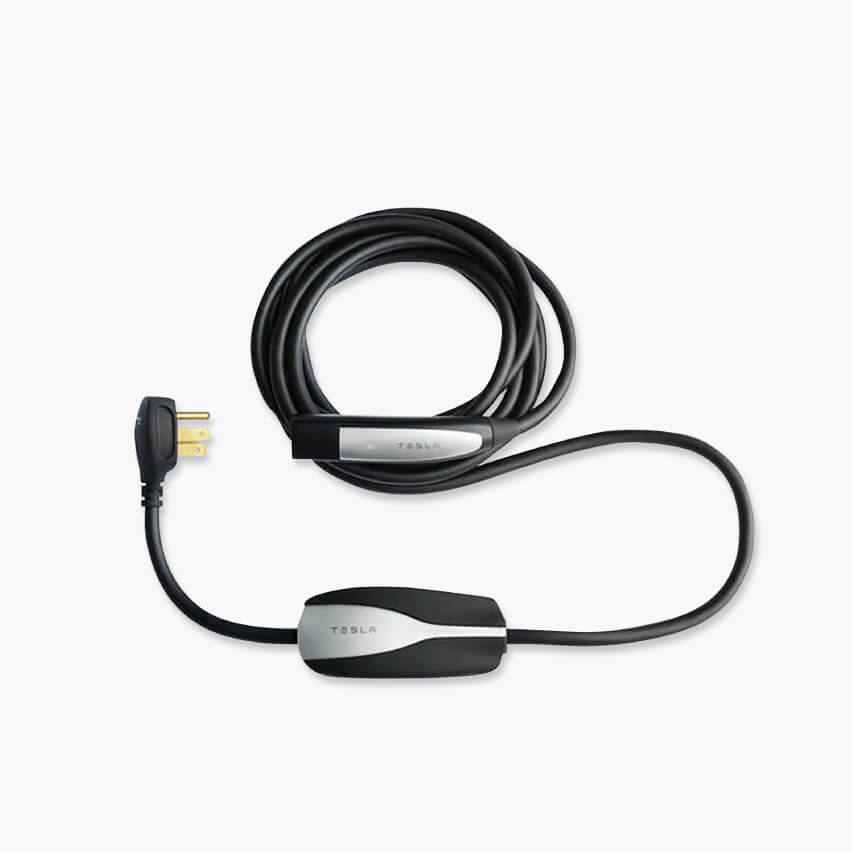A spike of stolen electric vehicle charging cables, specifically but not limited to Teslas, in Europe has left owners frustrated and confused as to how the thieves are pulling it off.
When purchasing an electric vehicle, the buyer typically receives a 18- to 24-ft cable charge connector that charges your car on a standard 120-volt outlet or a 240-volt outlet using different adapters. Unless the buyer opts for a pricey dedicated home charging station, the charge connector is generally the main source of at home charging.
However, a charge connector is only a fraction of the cost of a dedicated home charging station, they still aren’t exactly cheap. Tesla has its mobile connector listed on it website for $520, making it understandable frustrating if yours went missing.

According to Netherlands’ AD reports, police are warning EV owners of an increase in stolen charging cables, specifically from Tesla vehicles: “The police in Amsterdam South alone received 21 reports of stolen charging cables, mainly from Tesla drivers, between 20 November and 4 December. A new cable is pricey: between 200 and 300 euros. The thieves’ motive is clear: second-hand the cables cost about 150 euros each. The thefts almost all take place at night. According to the police, the problem occurs throughout the country.”
The interesting part is there doesn’t seem to be any suspicious damage to the charger that would definitely be visible if the thieves are simply yanking the the cable out. The fact that there is no evidence other than the missing cable itself, it leaves some Model 3 owners who have fallen victim to the theft that the thieves are getting off Scott free due to a defect in the cold.
In 2018, the Model 3 was put to the test during its first winter. Tesla had some issues with its the electric sedan in the low temperatures including the charging cable getting stuck in the charge port. Tesla assured owners it was investigating the issues and later released a software update with “cold weather improvements” that promised to fix the freezing charge port.
According to Tesla service staff, the software update enables the lock pin to move up and down to keep it from freezing in place. However, some Tesla owners are still skeptical and have reported walking up to their locked car in frigid temperatures to find that their charging cables were not locked in place. Tesla has not made any comments regarding the issue.

